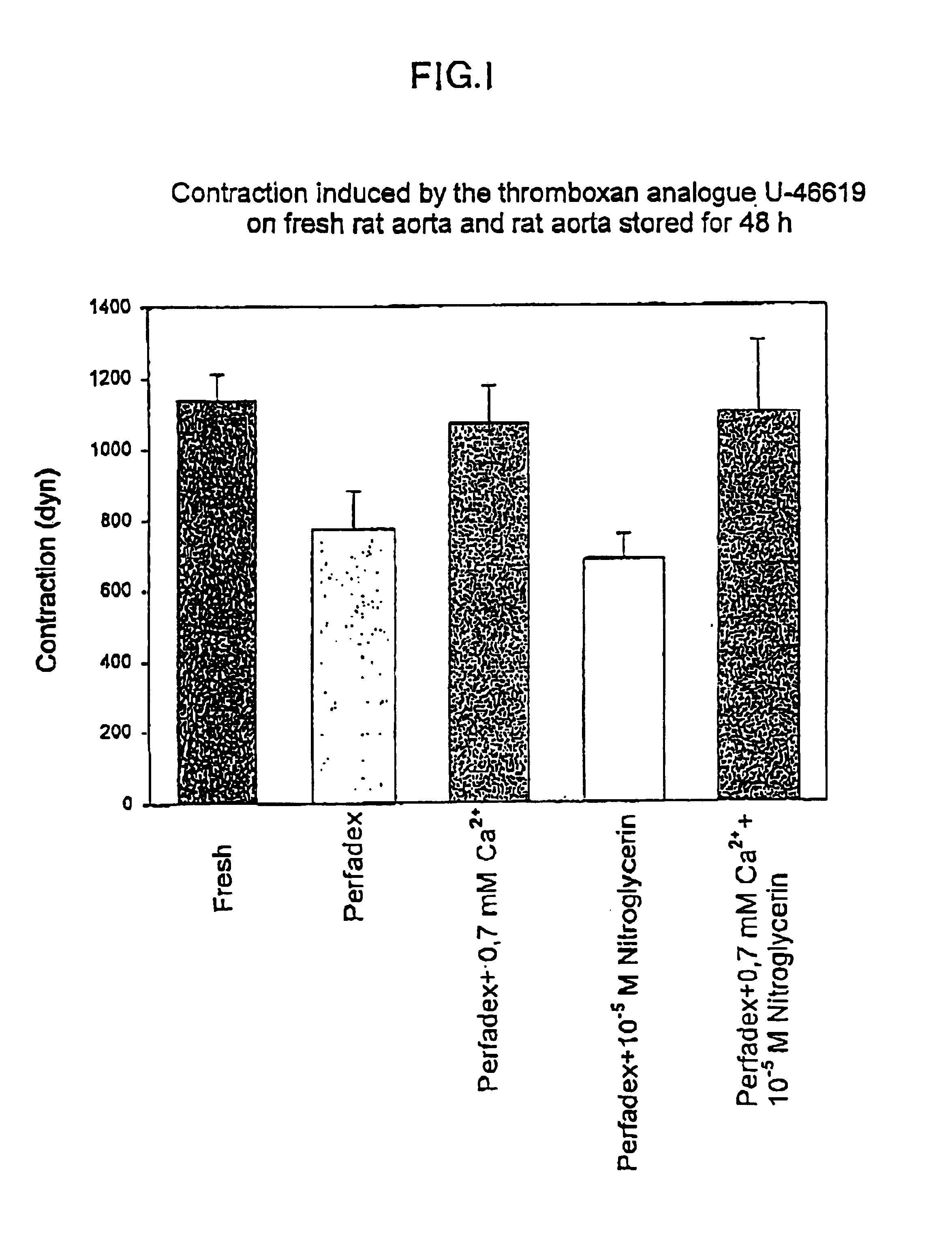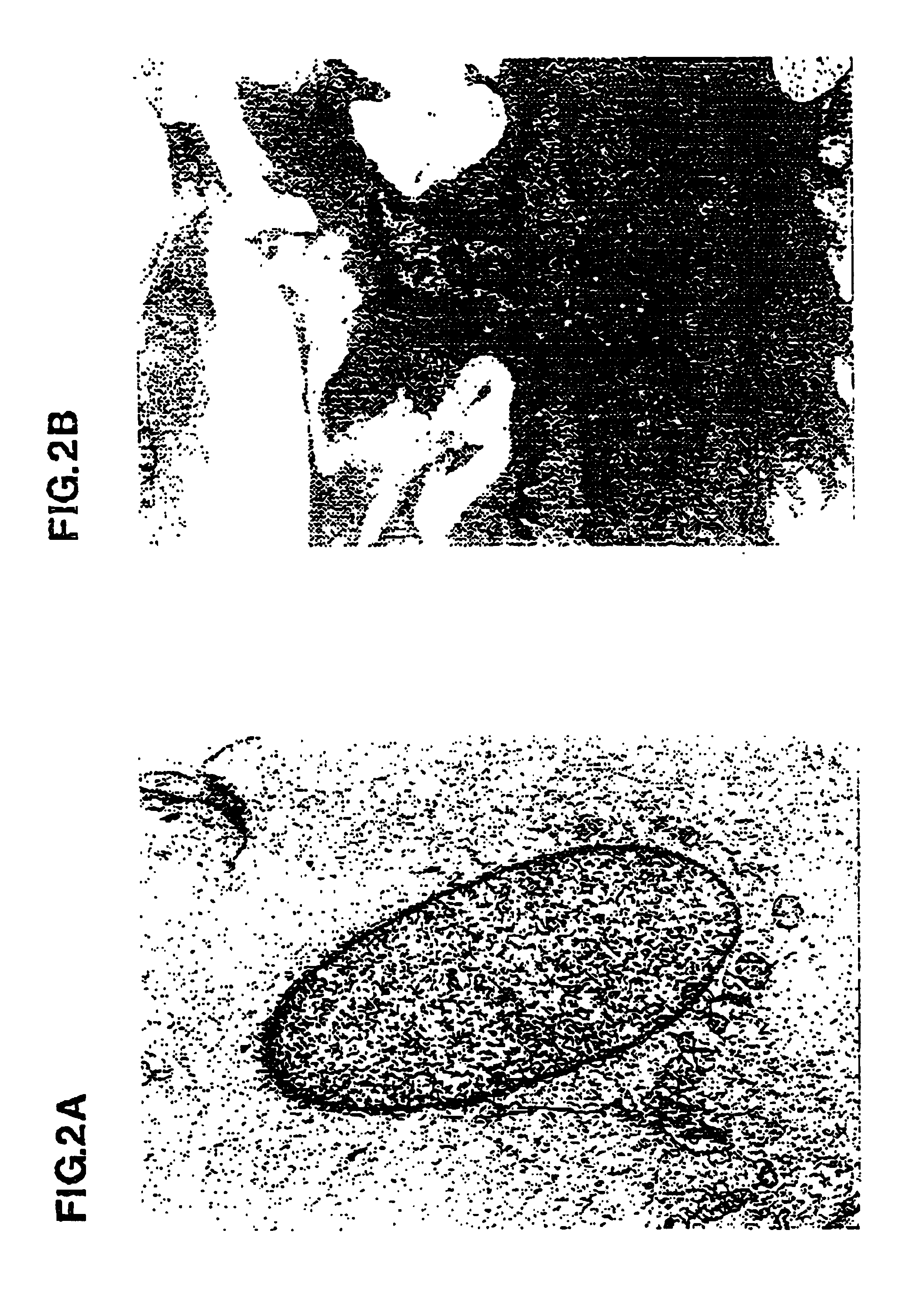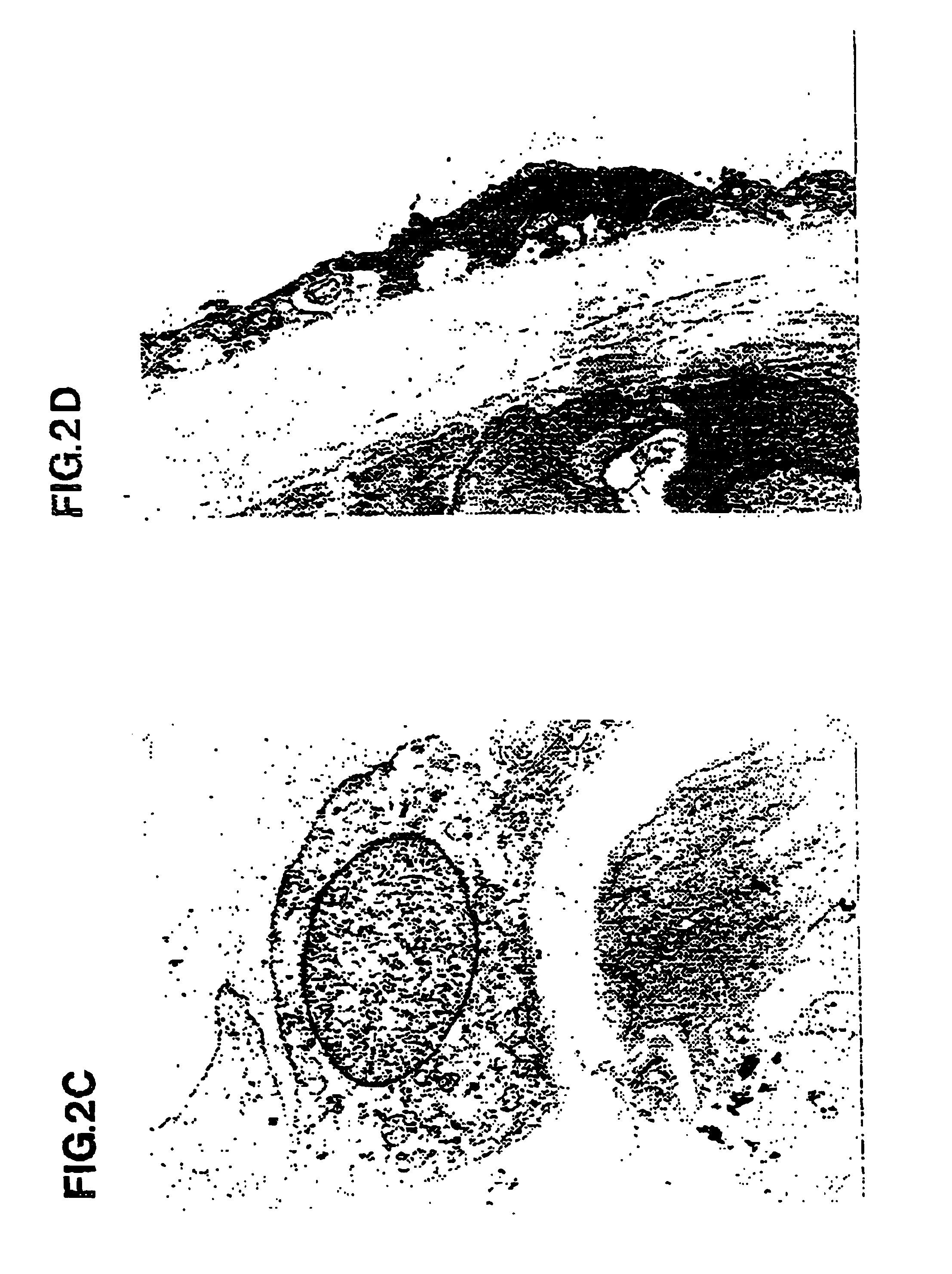Preservation solution
a technology of preservation solution and physiological saline solution, which is applied in the field of preservation solution, can solve the problems of insufficient blood supply to the blood vessels, toxic use of physiological saline solution as preservation solution, and insufficient blood supply as preservation solution
- Summary
- Abstract
- Description
- Claims
- Application Information
AI Technical Summary
Benefits of technology
Problems solved by technology
Method used
Image
Examples
Embodiment Construction
The applicant's research team has, after extensive studies and experiments, arrived at the surprising and seemingly contradictory result that calcium has a previously not shown potent function in long-term preservation of, above all, blood vessels, and can preserve the smooth muscle function in blood vessels for up to 36 hours.
It has for a long time been considered that calcium should not be present in preservation solutions for transplants. The reason for this is that in case of ischaemia, i.e. localized lack of oxygen in a tissue, the intracellular calcium concentration rises, and therefore one did not want to add further calcium so as to make this available to the cells. The applicant's research team has, however, carried out comparative studies showing that long-term preservation of blood vessels in calcium-free solutions is destructive to the blood vessel involved. The presence of calcium has proved to be necessary in the solution, among other things for maintaining the integri...
PUM
 Login to View More
Login to View More Abstract
Description
Claims
Application Information
 Login to View More
Login to View More - R&D
- Intellectual Property
- Life Sciences
- Materials
- Tech Scout
- Unparalleled Data Quality
- Higher Quality Content
- 60% Fewer Hallucinations
Browse by: Latest US Patents, China's latest patents, Technical Efficacy Thesaurus, Application Domain, Technology Topic, Popular Technical Reports.
© 2025 PatSnap. All rights reserved.Legal|Privacy policy|Modern Slavery Act Transparency Statement|Sitemap|About US| Contact US: help@patsnap.com



